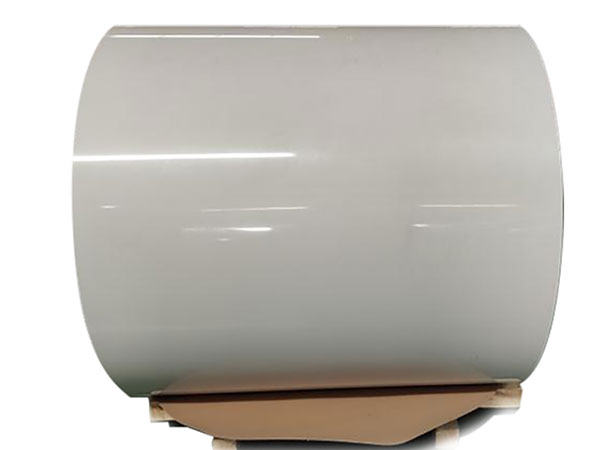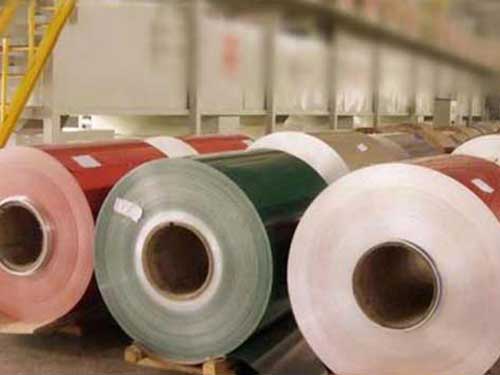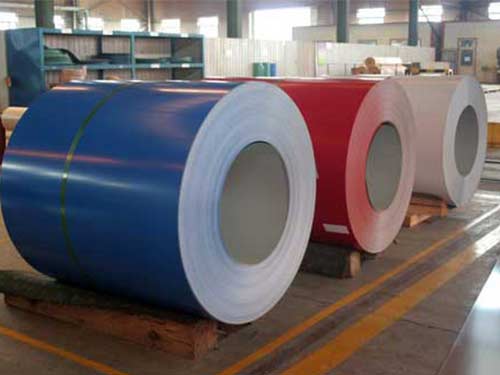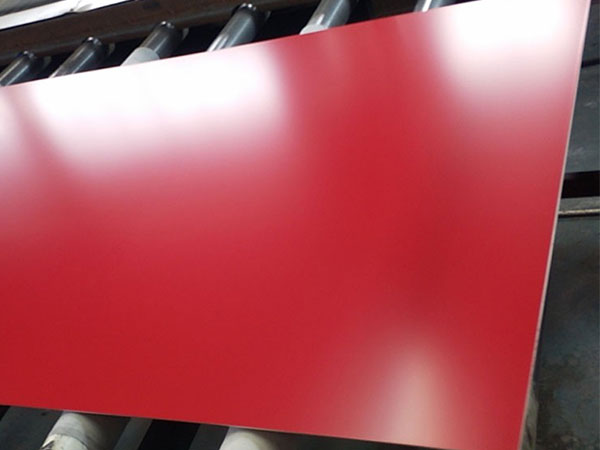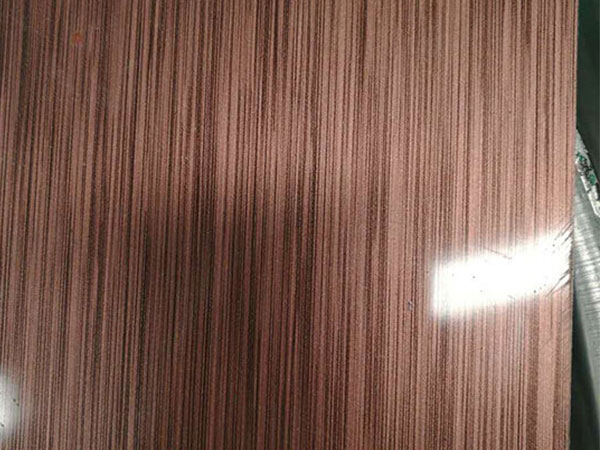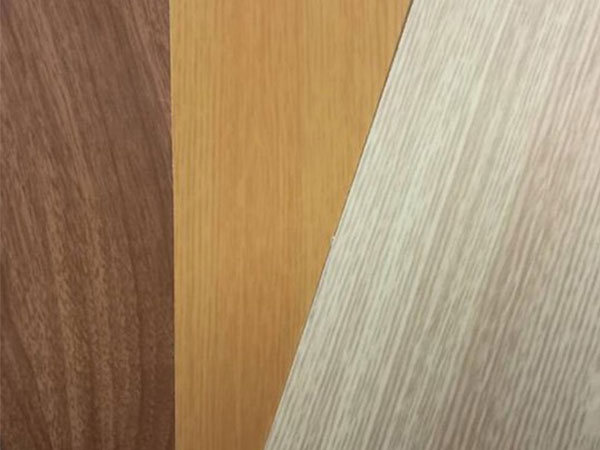3003 3004 Coated Aluminium Sheet
Introduction
In a world where material innovation drives efficiency, 3003 and 3004 coated aluminum sheets have emerged as formidable options, revolutionizing various industries in terms of functionality, durability, and aesthetic appeal. By delving into their unique characteristics, technical specifications, and practical applications, we showcase just how essential these materials are to our modern infrastructure.
Working with 3003 and 3004 coated aluminum sheets daily reveals distinct processing characteristics. 3003, with its manganese alloying, exhibits superior formability, making it ideal for applications requiring deep drawing or complex shapes. However, its slightly lower strength compared to 3004 can be a limiting factor in certain high-stress applications. We've found that the choice of coating significantly impacts its performance; a thicker, more durable coating is crucial for applications exposed to harsh environments, especially with 3003 due to its softer nature. Proper pre-treatment before coating application is paramount to ensure adhesion and prevent delamination, a recurring issue we've addressed through process optimization and stricter quality control of the incoming aluminum coils.
The higher strength of 3004, attributed to the magnesium-manganese alloying, makes it a preferable choice for applications demanding greater rigidity and durability. While its formability is slightly less than 3003, it still performs adequately for many applications. Interestingly, we've observed that the surface finish of 3004 after coating can be more consistent than 3003, leading to a higher-quality aesthetic finish for applications where appearance is paramount. However, careful attention must be paid during the coating process to avoid surface imperfections and maintain dimensional tolerances, as the material can be more susceptible to cracking or distortion under excessive stress during forming operations. Overall
3003 and 3004 Alloy Families
Both 3003 and 3004 aluminum sheets belong to the series 3000 of wrought aluminum alloys, distinguishing themselves through superior combinations of strength, corrosion resistance, and maintenance of formability.
- Composition and Characteristics
- 3003 Coated Aluminum Sheet: This alloy includes approximately 1.2% manganese, which significantly improves its workability. Renowned for its good corrosion resistance and moderate strength, 3003 makes an ideal partner in applications that require shape retention under stress.
- 3004 Coated Aluminum Sheet: Offering a higher tensile strength than its 3003 counterpart, the 3004 alloy primarily consists of 1.0% manganese and 0.6% magnesium. This combination renders it suitable for mission-critical applications requiring extra durability, such as in the container manufacturing industry.
Functions and Applications
Coated aluminum sheets, particularly in the forms of 3003 and 3004, showcase versatility through various functionalities suited for specific industrial needs.
-
Architectural Finishing The protective and decorative coatings applied to the 3003 and 3004 sheets strengthen their Utility in building facades, panels, and other architectural elements. These products receive paint and other surface treatments ensuring maximum protection against weathering while offering aesthetic versatility.
-
Aerospace and Transportation Both 3003 and 3004 alloys exhibit low weight characteristics that make them attractive for automotive and aerial applications. They contribute significantly to lightweight frameworks and bodies of vehicles, helping enhance fuel efficiency without compromising structure or safety.
-
Packaging Solutions Particularly used in the production of beverage cans, the 3004 aluminum sheet is pivotal in the food and beverage industry. Its excellent forming capabilities help to create resilient cans that prevent product spoilage and ensure consumer safety while also providing an ideal printable surface for branding.
-
Heat Exchangers In the realm of HVAC systems, 3003 coated aluminum sheets excel due to their thermal properties. Their ability to efficiently transfer heat makes them vital in heat exchangers unraveling significant energy savings through innovative systems.
-
Electrical Applications With their favorable electrical conductivity, the 3003 aluminum sheets become fundamental in creating components that need non-fluidic conduits with minimum resistance, enhancing functionality in various embedded electronic products.
Technical Specifications and Further Insights
When choosing between the two, it's essential to consider physical traits such as thickness, weight, and pliability:
- Thickness: Typically available in gauges from 0.016” to 0.032”, these sheets can be custom cut, offering added convenience based on project requirements.
- Weight Comparison: Both have low density when evaluating weight-to-strength ratios, essential in applications where traditional materials could performance compromise due to weight.
- Corrosion Resistance: Coating adherence is crucial for sustained exterior integrity, leading manufacturers to employ hybrid poly coating methods that enhance resistance to oxidizers and moisture intrusion.
https://www.al-alloy.com/a/3003-3004-coated-aluminium-sheet.html


